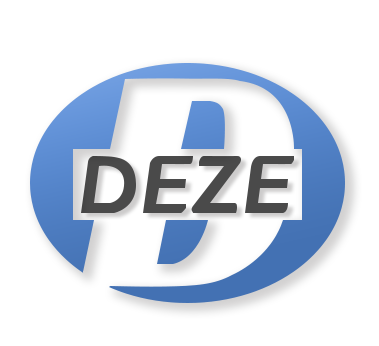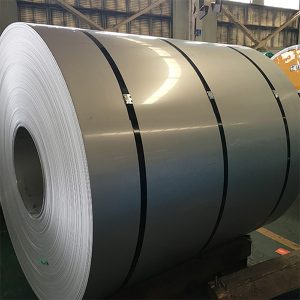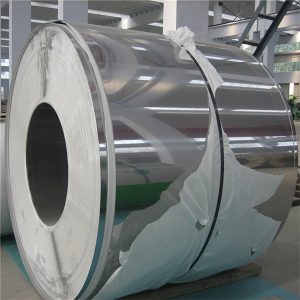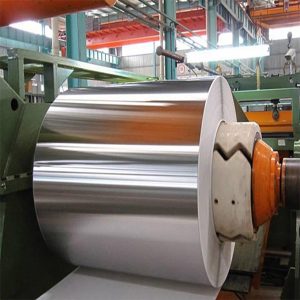What is the difference between hot rolled and cold rolled steel coils?
Steel is an indispensable basic material for many industries such as construction, machinery, automobiles, and electricity. In the manufacturing process of steel, hot rolling and cold rolling are two common processing methods, each of which has unique process characteristics and applicable scenarios.
● Process Characteristics
Hot-rolled steel coils are processed through a series of rollers at extremely high temperatures (usually over 1700°F, or 982°C). This temperature is much higher than the recrystallization temperature of most steels, making the steel more susceptible to deformation during processing. Manufacturers usually start with a large rectangular block of metal called a billet, which is heated to a white-hot state and then pressed into the desired size through a series of rollers. During the hot rolling process, the steel is pushed through rollers while maintaining a high temperature and eventually cooled into a coil.
● Advantages
Improved steel structure: Hot rolling can destroy the casting structure of the ingot, refine the steel grains, and eliminate defects in the microstructure, making the steel structure more compact and significantly improving the mechanical properties.
Easy to process: The plasticity and ductility of steel at high temperatures are good, and it is easier to process into various shapes and sizes.
Increased strength: The high temperature and pressure during hot rolling can weld bubbles, cracks and looseness generated during casting, and enhance the overall strength of the steel.
● Disadvantages
Low dimensional accuracy: Since hot-rolled steel coils shrink slightly during cooling, it is difficult to control their final shape, so they are not suitable for applications with high dimensional accuracy requirements.
Internal defects: During hot rolling, non-metallic inclusions (such as sulfides, oxides and silicates) inside the steel may be pressed into thin sheets, resulting in delamination, affecting the welding performance and local stress bearing capacity of the steel.
Residual stress: Due to uneven temperature distribution during the cooling process of hot-rolled steel coils, residual stress will be generated, which may affect the performance of the steel under external forces, such as deformation, stability and fatigue life.
2) Cold Rolled Steel Coils
● Process Features
Cold rolled steel coils are further processed by cold rolling mills at room temperature or near room temperature on hot rolled steel coils or steel strips. Cold rolling processes include cold rolling, cold bending, etc., and are usually used to produce small-section steel and thin plates. During the cold rolling process, the steel is compressed and bent at room temperature to form the required shape and size.
● Advantages
Cold High dimensional accuracy: The cold rolling process can accurately control the shape and size of steel at room temperature, which is suitable for applications with high dimensional accuracy requirements.
Smooth surface: During the cold rolling process, no oxide scale is produced on the surface of the steel, so the surface is smooth, which is suitable for occasions that require painting or plating.
Increasing the yield point: Cold rolling can cause a large amount of plastic deformation in the steel, thereby increasing its yield point and enhancing the mechanical properties of the steel.
● Disadvantages
Difficult processing: The cold rolling process has high requirements for equipment and process, and the processing speed is relatively slow.
Residual stress: During the cold rolling process, a certain amount of residual stress will remain in the cross section of the steel, which may affect the overall performance and local buckling characteristics of the steel.
Higher cost: Due to the difficulty of processing and high equipment requirements, the production cost of cold-rolled steel coils is usually higher than that of hot-rolled steel coils.
6) Conclusion
There are significant differences in process characteristics, advantages and disadvantages, and applicable scenarios between hot-rolled steel coils and cold-rolled steel coils. The choice of which steel depends on the specific application requirements. Hot-rolled steel coils are suitable for occasions with low requirements for dimensional accuracy, such as building structures, heavy machinery, etc.; while cold-rolled steel coils are more suitable for occasions with high requirements for dimensional accuracy and surface quality, such as automobile manufacturing, home appliance production, etc. Understanding these differences is crucial to choosing the right steel, which helps optimize costs, improve product quality, and meet customer needs.
7) Contact us
Deze Metal Materials has decades of operating experience and sufficient original accumulation to ensure large-scale production and stable in annual output. We own sufficient inventory---the large amount of stock as well as wide range of categories, which can meet the needs of customers at different levels for various products.Welcome new and old customers to make an enquiry!







